(words: Travis Lyle / Photos: Danger Ranger unless otherwise specified)
It’s a fact that due to the vast distance and high cost of travelling to Nevada, many AfrikaBurners may never in fact make that trip. Hell, to be honest it’s not even a necessity for anyone to make it to Black Rock City these days to be considered part of the ‘global Burner community’ – after all, with the proliferation of regionals around the world over the past 10 years and Burning Man being heavily over-subscribed each year, the accessibility of the culture is now greater than ever before.
That ‘Burner culture’ would take root in so many far-flung locations was something that was perhaps not on the radar of those who were instrumental in the creation of Burning Man, back in the early 90s – and even before, when the pre-Burning Man events that led to it took place in and around San Francisco.
Speaking of which, let’s roll right back, and look at those roots…
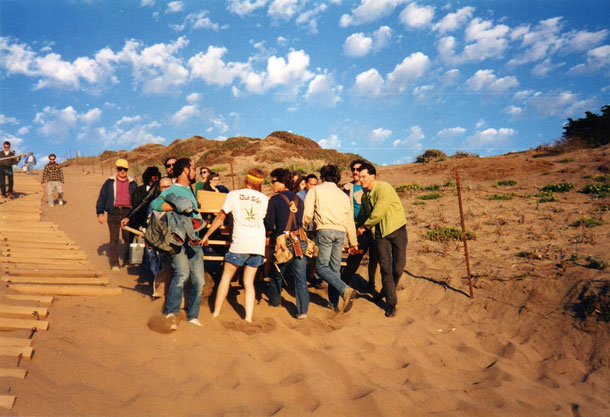
Picture it: it’s summer solstice 1986 on a beach on the shore of San Francisco Bay – Baker Beach. A small crowd of people have gathered for what looks like a bonfire on the beach, only there’s something a little different going on: on the sand is a large structure that has the shape of a ‘man’. This is the effigy Larry Harvey and his friend, carpenter Jerry James, have built. They’ve chosen this spot and date, as it had been the site of previous solstice gatherings. The ‘man’, built beforehand and dragged down to the beach, is 2.4m (8ft) tall. It’s not the only creation awaiting cremation – there’s also a small wooden dog sculpture. A small crowd gathers, the man is lit, and just like that…BOOM! Nothing is ever the same again.
Or at least, from then on, there are more beach burns until the local law enforcement get wind of them. Their concern, fuelled by the danger of hill fires in and around San Francisco during a drought, was that the beach burns could lead to runaway wildfires. In 1990, the burning of the ‘man’ was prevented on the beach (it was allowed to be erected, but not burnt) as the event didn’t have a permit, so the man was taken back to where it had been built, an empty yard in San Francisco. Unfortunately, whilst in storage, the yard was sold and transformed into a parking lot – where lot attendants chopped up the man’s legs, thinking it was scrap. Simultaneously, a Cacophony Society excursion into the Black Rock Desert in organised by leading Cacophonist John Law.
According to the mighty wiki:
“In 1990, a separate event was planned by Kevin Evans and John Law on the remote and largely unknown dry lake known as Black Rock Desert, about 110 miles north of Reno, Nevada.[10] Evans conceived it as a dadaist temporary autonomous zone with sculpture to be burned and situationist performance art. He asked John Law, who also had experience on the dry lake and was a defining founder of Cacophony Society, to take on central organizing functions. In the Cacophony Society’s newsletter, it was announced as Zone Trip #4, A Bad Day at Black Rock (inspired by the 1955 film of the same name).”
But wait… let’s go back further.
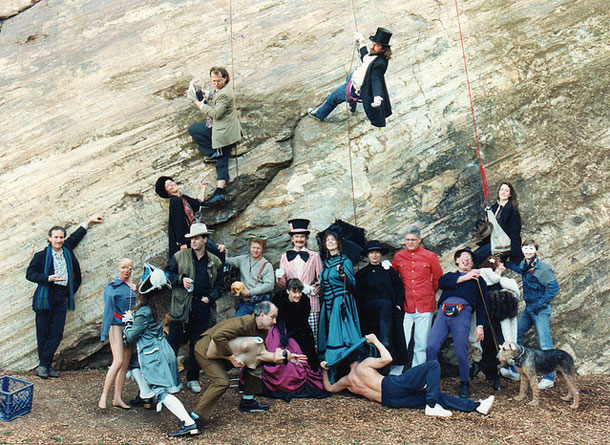
Dadaism? Situationism? Cacophony Society? Right: Larry Harvey, prior to that first beach burn in ’86, had been a participant in the San Francisco Cacophony Society, a “… randomly gathered network of free spirits united in the pursuit of experiences beyond the pale of mainstream society.” The society’s motto? “You may already be a member”.
Cacophony in turn was inspired by its forerunner, The Suicide Club, and Dadaism, anarchist ideals and playful mischief – but though pranksters at heart, the group also have an underlying aim to ‘leave any place better than they found it’. Through their collective creative interventions, it would be true to say that Cacophony were the originators of concepts that are now widely-known across the globe – among them flash mobs, urban exploration and culture jamming, as well as being the inspiration for Chuck Palahnuik’s legendary film, ‘Fight Club’ (Chuck himself remains a member of Cacophony and wrote the foreword to the book, ‘Tales of The San Francisco Cacophony Society‘.
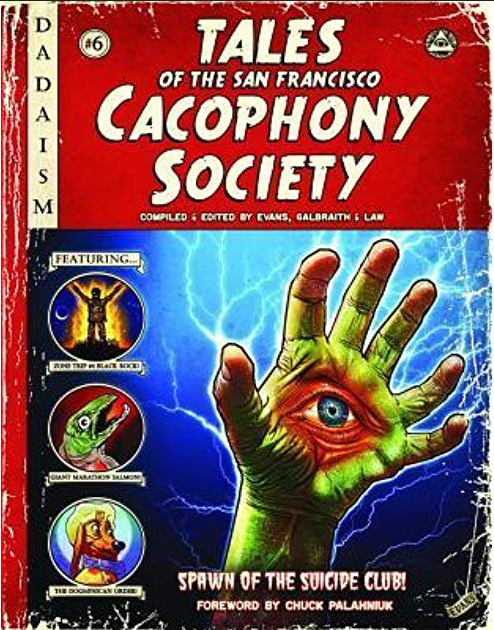
It was under the name of ‘zone trips’ that Cacophony explored new and off-limits territories like the Bay Bridge, sewer systems and derelict buildings in San Francisco, among others. As time passed, the society grew to have chapters across the US, and in other countries.
With Zone Trip #4, a group of Cacophonists had undertaken to embark on a foray into new territory, and the Black Rock Desert provided just the kind of blank canvas that appealed to a motley group who relished spaces where they could put into practice the concept of the ‘Temporary Autonomous Zone‘ – an idea outlined by anarchist writer and poet Hakim Bey, in his book of the same name. Simply put, a TAZ is a “…socio-political tactic of creating temporary spaces that elude formal structures of control.”
Sound familiar? Yes, it’s much the same context in which burns the world over – including AfrikaBurn – are created and self-organised. It was 1989 that members of Cacophony turned up at Baker Beach and participated in the gathering, which had grown to 300 people – but as it happened, plans for a quiet burn on Baker Beach in 1990 were stymied by the law. That led to those involved in the Baker Beach burn making the decision to decamp to the Black Rock Desert, with the swiftly-reassembled Man in tow…
And so, it began: Rough Draft (the Cacophony newsletter) Issue 48 in September 1990 listed Zone Trip #4 as featuring, among other things “A group ritual requiring your participation to raise and immolate the Burning Man”. On arrival, after a drive through the Sierra Nevada mountains and down onto the plains of the Black Rock Desert, the gathered Cacophonists and proto-Burners clustered together, and Michael Mikel – the founder of the Black Rock Rangers and now widely known as Danger Ranger – took a long stick out of his car, drew a line in the sand and said “On the other side of this line, there exists a world where everything is different.” Everybody held hands and stepped across that line.
And, to quote Danger Ranger himself: “Everything was different after that.”
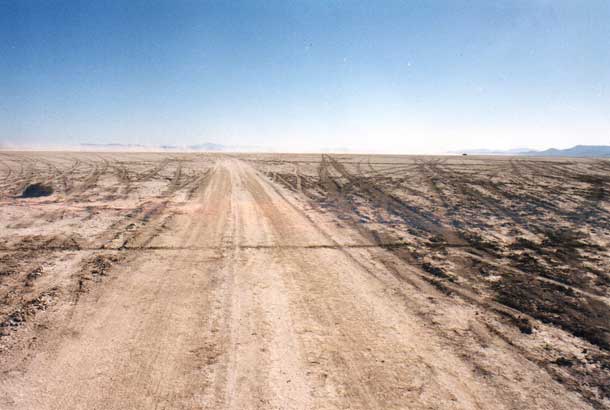
In the years that followed, that thing in the desert grew, and grew, until the present time where over 80,000 people now gather every year at the end of August in the Black Rock Desert to experience a world where everything is different. Along the way, a set of 10 principles was created by Larry Harvey – specifically to provide guidelines for the number of regionals that were beginning to flourish around the world.
AfrikaBurn added its own 11th principle – ‘Each One Teach One’ – in 2013. Read about them here.
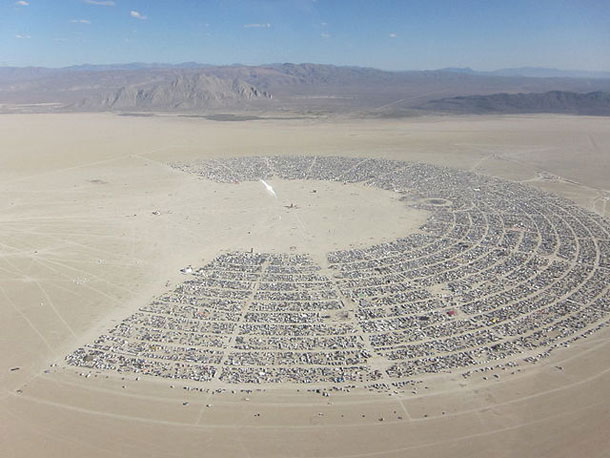
The result of Burning Man’s popularity – and indeed the idea and experience of a place where the default world is put aside for a period whilst people experiment with a TAZ where everything can be different (because anyone is invited to make it different) is now apparent in the explosion of regionals the world over. There are now around 60 regionals across the globe: the fruits of what started as a small gathering of like-minded folk. In 2007, as a result of South Africans experiencing Burning Man first-hand, the roots produced an African fruit – AfrikaBurn.
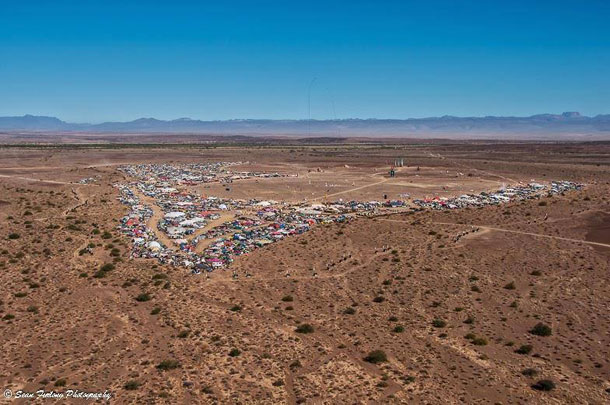
AfrikaBurn in turn has inspired more offshoots – burns have taken place at:
– Kilifi on the Kenya coast
– Aftermath have host their own burn in the Swartland since 2014
– Wildeburn was held in the Eastern Cape in 2018
– and Sentella was staged in 2017 and 2018.
In Gauteng, Element was staged for the first time in February 2019 – and more will come with time, as the process and culture grows across the globe – and precisely because they’re created by anyone who wishes to. All of these eruptions of creativity and experimentation draw on the simple concept of creating a place where the norm is set aside and people are able to create a world of their own.
When Larry Harvey was in Cape Town in 2015, he visited the AfrikaBurn offices in Observatory and hung out at our workyard, where we asked about his impression of AfrikaBurn and the proliferation of regionals around the world.
His response: “The great oak often shades the acorns – but those that are far-flung grow tall.”
That’s a great analogy for the growth of Burning Man’s offshoots – long may they grow.
For a timeline of how AfrikaBurn came about, check out this page.

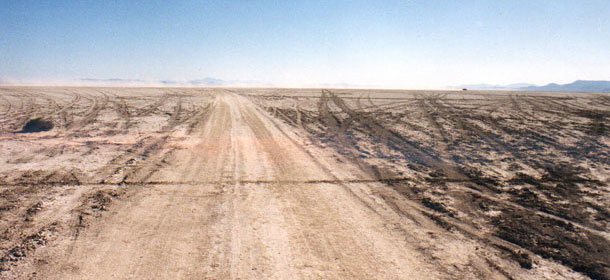
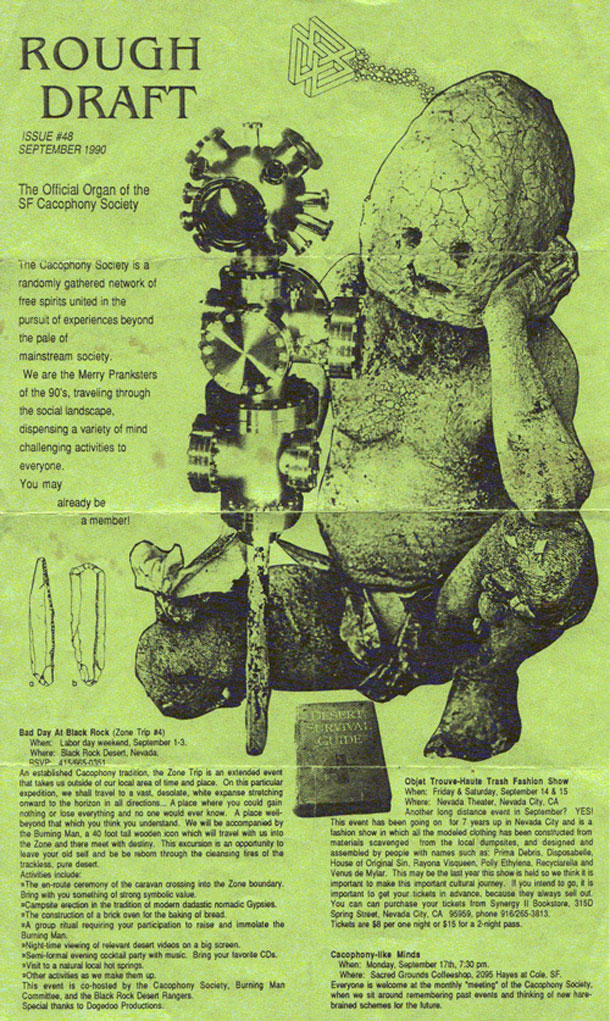
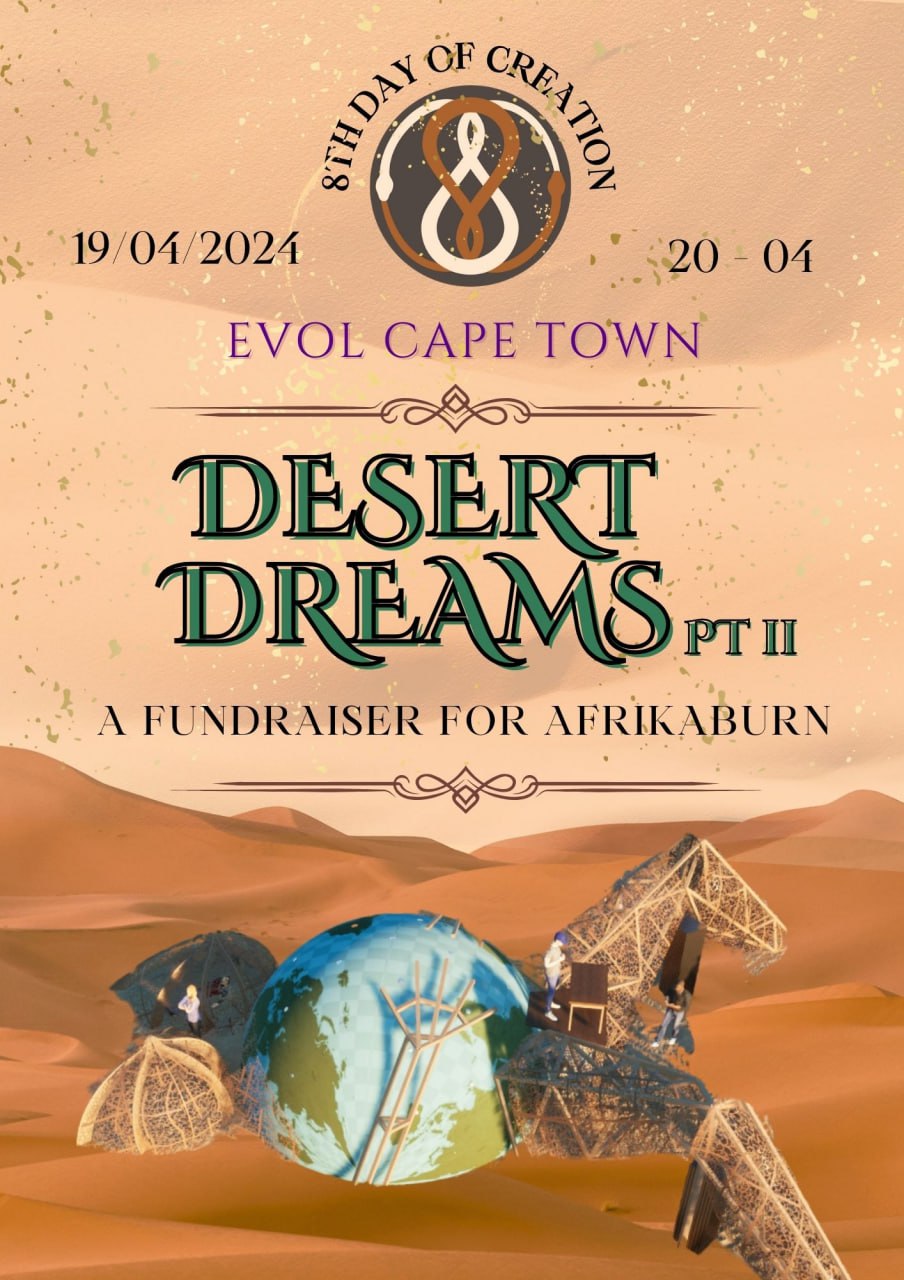
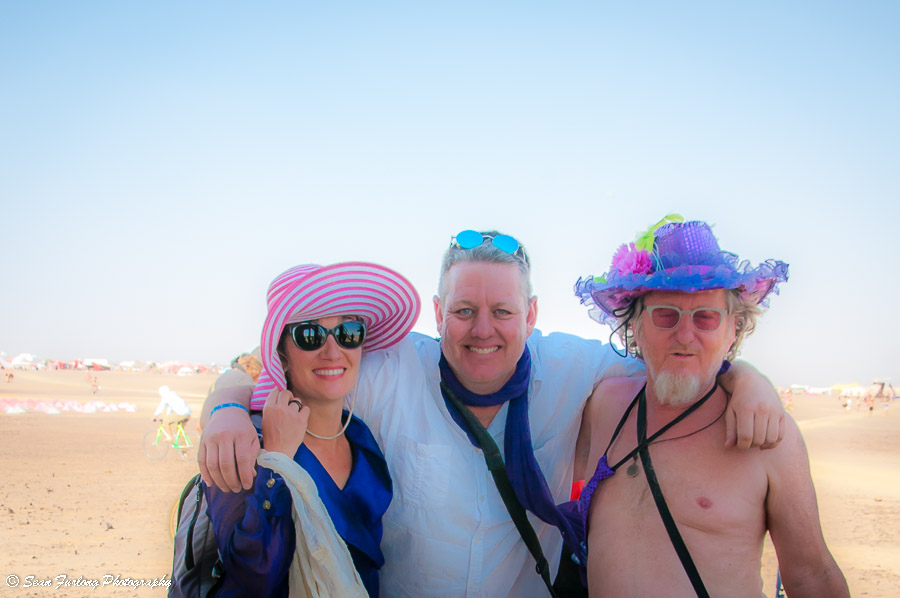
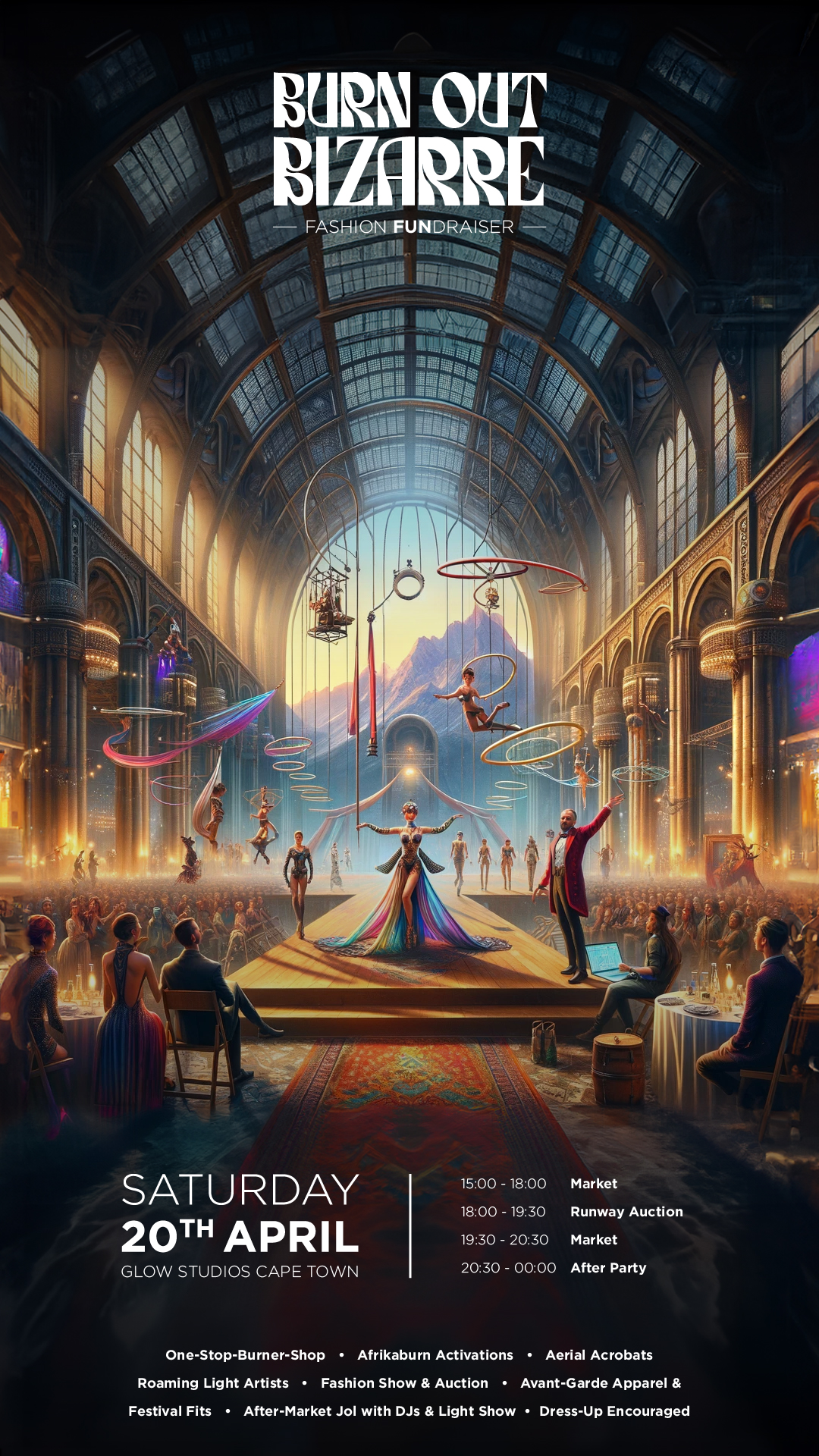
One Response